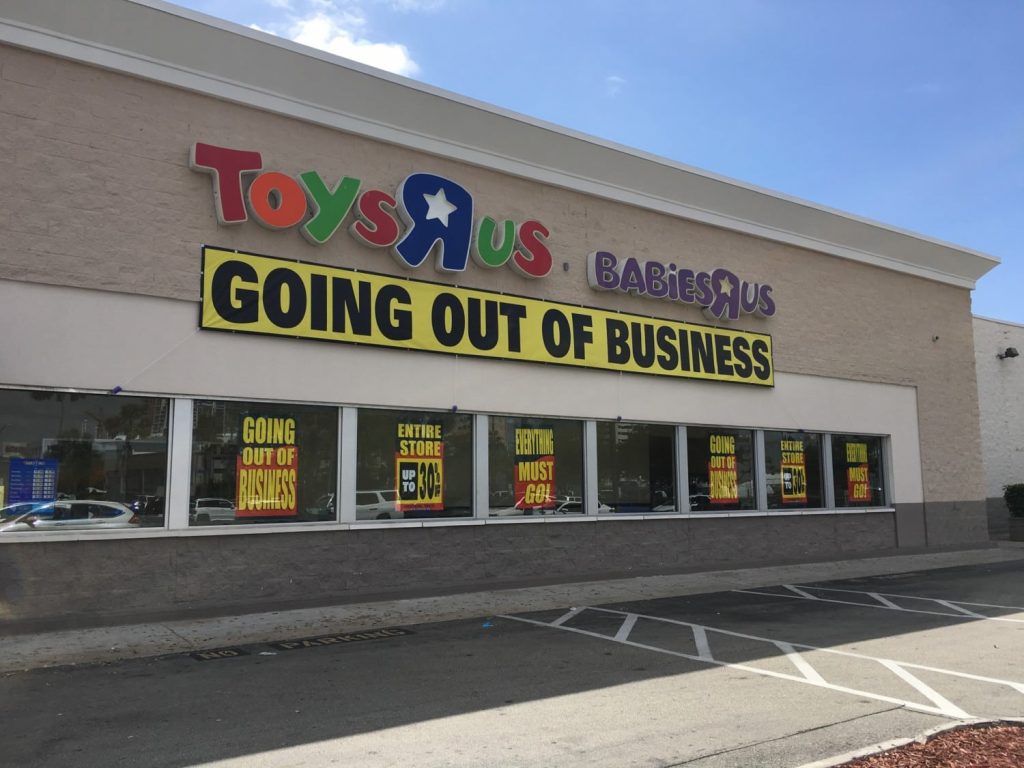Capitalism, once a progressive force in both social and productive terms, becomes more parasitic and moribund throughout its development. More and more, the social relations of production, crystallised in a social and legal system based on protection of private property, begin to hold back the development of society’s productive forces. More and more, labour is wasted in socially-useless production or financial speculation. Capitalism daily fails the majority of people, impoverishing them in order to make the rich richer.
However, even judged by its own standard – generation of profit – capitalism is failing and, as an economic system cannot do anything but fail. In addition to periodic crises of overproduction and financial crises, there is an underlying tendency for the rate of profit to fall over time in any capitalist system. It is this tendency which drives imperialism to constant aggressive expansion and the extraction of super-profits at home and abroad in order to sustain itself.
Capitalist production takes place on the basis of the exploitation of workers [see Back to Basics pt5]. Suppose a worker’s wages (v) are £100 per week (this figure being determined on the basis of the socially-necessary cost of sustaining and replacing the worker) and that in one week, that worker produces, through their labour, commodities worth £200. £100 of surplus value (s) is included within this £200. The rate of surplus value, calculated as surplus value divided by the cost of wages (s/v) is 100%. However, in addition to the amount of capital needed to pay wages (variable capital – v), the capitalist must pay for the raw materials, wear and tear on machines, etc. which is necessary for the production of these commodities (constant capital – c). This amount will be transferred directly to the value of the commodities produced. Therefore the total capital advanced (C) will be constant capital plus variable capital (c+v) and the value of the final product will be the total capital advanced plus the surplus value created by the worker (c+v+s). The rate of profit on the capital advanced, therefore, is the surplus value, divided by the total capital advanced (s/(c+v)).
The same rate of surplus value can therefore result in different rates of profit, dependent on the relationship between constant and variable capital within the total capital advanced. For example:
| Constant Capital (materials) | Variable Capital (wages) | Rate of Surplus Value (rate of exploitation) | Surplus Value produced | Rate of Profit on total capital (surplus value produced/total capital) |
| £50 | £100 | 100% | £100 | 100/150 = 66.67% |
| £100 | £100 | 100% | £100 | 100/200 = 50% |
| £150 | £100 | 100% | £100 | 100/250 = 40% |
| £200 | £100 | 100% | £100 | 100/300 = 33.33% |
As we can see from this table, the higher the proportion of constant capital contained in the total capital, the lower the rate of profit attained at a similar rate of exploitation.
As production methods improve and new machinery and techniques are introduced, a worker can produce far more in a given time. However, this will not result in a higher value being produced as the value of a commodity is related directly to the labour embodied within it. If more commodities are produced using the same quantity of labour, the value of that labour will be shared between a greater number of commodities and each will be worth less than it was previously. However, a greater quantity of raw materials, machinery, etc. will be consumed in the production process than before, its value being transferred directly to the commodities produced. Therefore the amount of constant capital (cost of raw materials, wear and tear on machinery, etc.) contained within the total capital will increase. As this amount increases, so the overall rate of profit will decline and capital will become less profitable. Hence the search to find higher rates of profit through super-exploitation, control of resources and privatisation of state assets.
Whilst there are several mechanisms which capitalism may resort to, to counteract this tendency in the short term, including increasing the rate of exploitation and the overall amount of capital investment, there is no long-term solution to this internal contradiction within the capitalist system except its overthrow and replacement with a mode of production which operates on an alternative basis and which is concerned with development for people not for profit.



